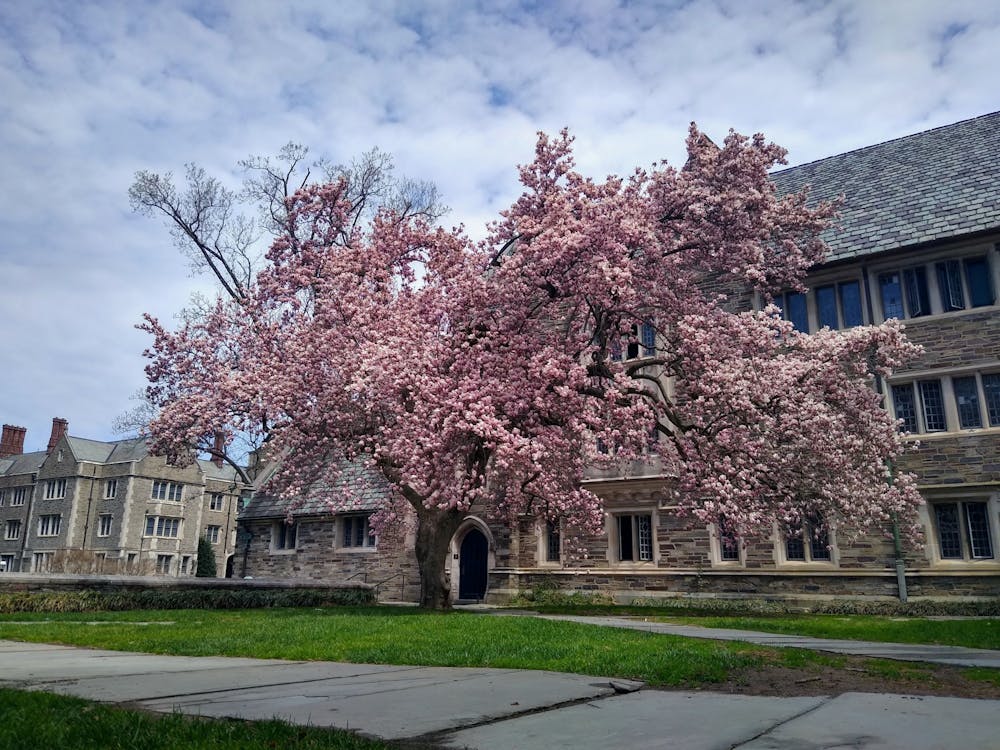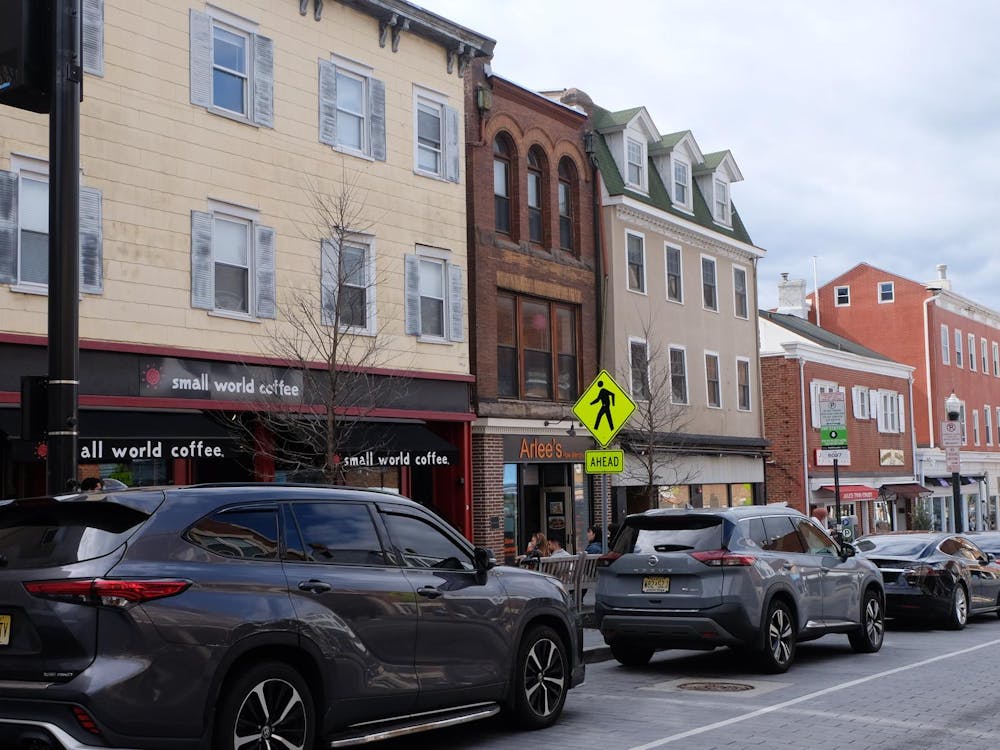Since the start of the pandemic in 2020, American college enrollment has declined by 7.8 percent. Undergraduate enrollment across several private four-year colleges has dropped steeply, while the number of Pell-eligible FAFSA applicants from March 15 to April 15, 2020 was down by over 25 percent compared to that same period in 2019. What’s happening to the country’s college-aged population?
The answer lies in a phenomenon that has overtaken American education in the past few years: COVID-slide. This term describes the post-virtual-learning increase in educational inequities in K–12 schools, including learning loss and worsened opportunity gaps for underserved students. However, the “slide” isn’t an issue unique to younger students.
Current educational research on this topic suggests that higher education will continue to demonstrate pandemic-induced diversity losses in the years ahead. With a huge endowment and a seemingly infinite pool of cultural and social capital, the University is responsible for forestalling the myriad of challenges that COVID-slide will pose in the coming years. Princeton’s fight against COVID-slide has to begin with deliberately increasing racial, ethnic, and socioeconomic diversity in incoming classes, starting with its applicant pool.
Preliminary data suggests that, in light of the pandemic, fewer first-generation, low-income (FLI) students are able or motivated to pursue a college education. Last year, the U.S. Department of Education released a report that found that the pandemic has raised new barriers for FLI and disabled students to enroll in college and complete their studies. These barriers include financial and housing insecurity as well as worsened college preparation for low-income districts. For this reason, four-year institutions, including Princeton, are predicted to lose FLI students in their upcoming application cycles and beyond.
In fact, it’s likely that we already have. Princeton will not release admissions statistics for the 2022–2023 cycle, citing its desire to alleviate applicants’ anxiety. Meanwhile, other Ivy League institutions have experienced record high applicant pools with record low acceptance rates. This increasingly competitive college application process aggravates educational inequities and deters minority applicants, who may not have the resources to cultivate a competitive application.
Instead of hiding its selectivity from the public, the University should release its acceptance rates and make public commitments to increase outreach to FLI and minority applicants. President Eisgruber has justified Princeton’s existence through its investment in talented students of all backgrounds — but how can it invest in students whose talent is overshadowed by housing insecurity, racial violence, and the effects of COVID-slide? Princeton must not only invest in the privileged few; it must expand its support of talent from underserved communities.
Making Princeton more accessible to FLI students in the long run also requires an array of deliberate policy initiatives, including internal program development and outreach. The University should consider continuing test-optional admissions, especially after data showing how the average junior dropped four percentile points in the ACT after virtual learning.
Princeton should also utilize increased housing capacity from new residential colleges to increase the population of transfer students and FLI students in particular. To fight the learning loss caused by COVID-slide, the University can broaden its academic support system to help these students during their transition to Princeton. Its policy decisions should be data-driven and geared toward the most vulnerable students.

To fulfill its mission to foster educational equity on a national level, the University can further invest in staffing, research, and program development for the newly-developed Emma Bloomberg Center for Access and Opportunity. Specifically, Princeton should expand the Princeton University Preparatory Program (PUPP) to provide outreach programs for more underserved K–12 public schools in the country.
This year’s pre-read also fell in line with these values. Jennifer Morton’s Moving Up Without Losing Your Way encouraged students to think critically about diversity. Its message remains relevant to the University at large. Princeton must make ethical choices in its pursuit of institutional greatness, and never lose sight of the source of this greatness: its students.
In the coming months and years, let’s ask the University: how can Princeton move on from this pandemic without losing diversity along the way?
Tara Shukla is a first-year from Highland Park, N.J. who is interested in computer science and economics. Tara can be reached at ts6796@princeton.edu.









